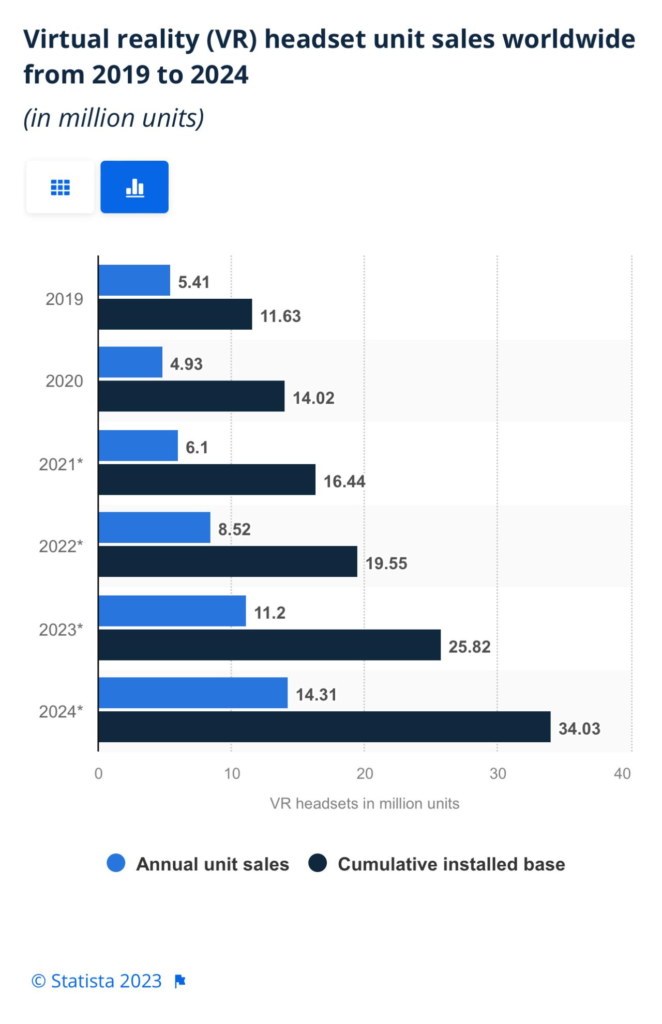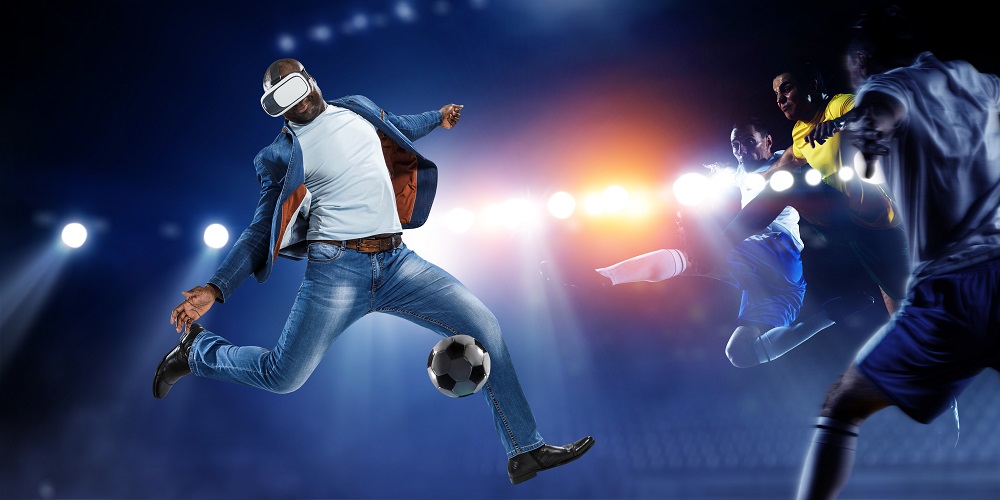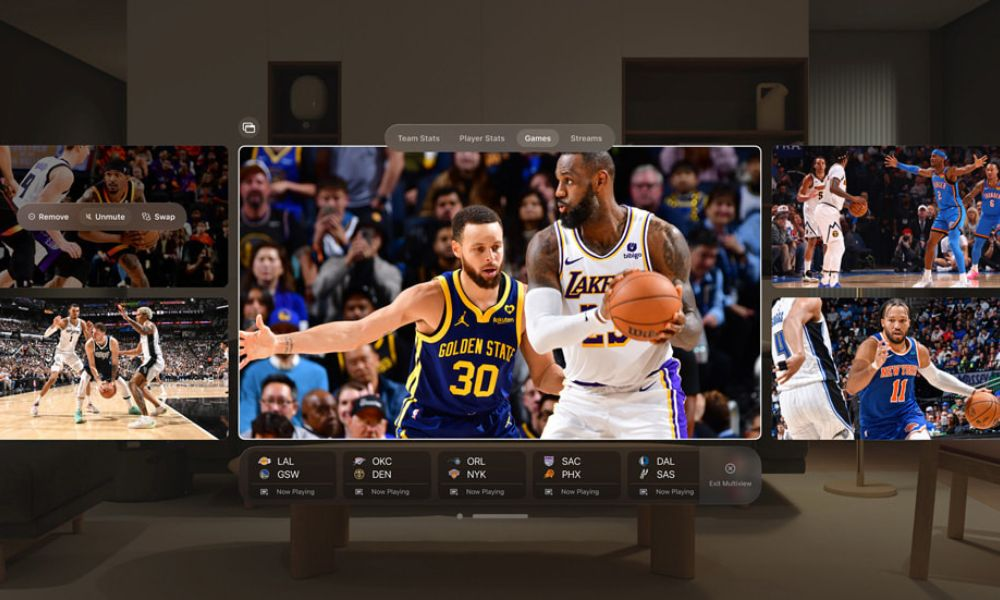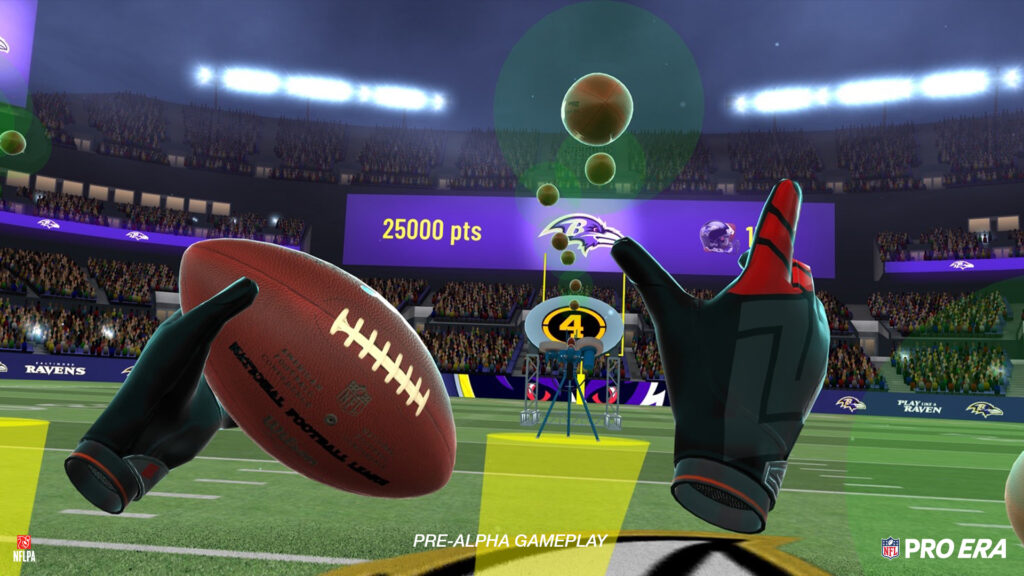Major things are happening in VR.
Check out what’s taken shape over the past week or so.
First, StatusPro, a sports technology company that combines data with augmented and virtual reality, recently raised $20 million from some of the most prominent investment funds in the world.
Then, Apple recently announced the release of Apple Vision Pro, the company’s first 3D spatial headset.
Last but not least, Meta’s stock shares jumped more than 20% in the first week of February after the company announced profit triples and the first-ever dividend payout. $197 billion was added to Meta’s overall market cap — the biggest single-session value addition in history.
Finance chief Susan Li stated on a call with analysts that the biggest drivers of revenue growth came from companies in areas including e-commerce, entertainment, and gaming.
Mind you, many people counted Meta out when the company decided to go all-in on VR.
But as the saying goes, “Men lie, women lie, but numbers don’t.”
And the numbers are looking up for VR in 2024.
Here are some interesting facts and stats:
- About 9 in 10 consumers in the UK and US say they are aware of VR
- VR headset sales are growing 31.9% year-over-year globally
- Over 23 million jobs will rely on VR in some capacity
- Consumer spending on AR/VR is expected to reach $72 billion by 2024
- Global market size is expected to hit $252 billion (10x growth from 2021, 28 billion)
Despite negative news cycles and naysayers, VR technology is on the rise.
Especially in the sports world.

Along with the drop of the Apple Pro Vision, the MLB, NBA, and PGA, all announced new viewing experiences for consumers with VR.
They all feature incredible, innovative capabilities such as:
- The ability to watch multiple games are once (MLB, NBA)
- Live, interactive stats
- 3D viewing experiences
- Play-by-play control
But we believe this is just the tip of the iceberg…
Here Are 10 Amazing Ways Virtual Reality Will Impact Sports
Virtual Stadiums
Virtual reality will eventually give fans the ability to experience games as if they were present in person.
This will allow the millions of fans who aren’t able to attend live games every year to have a comparable experience and could also provide new revenue streams for organizations in the way of digital upgrades, advertisements, etc…
Gaming
As you know, virtual reality gaming is already one of the primary use cases for the technology.
Fans using virtual reality will be able to have more life-like, immersive experiences that put them directly in the shoes of the athletes they love with games such as StatusPro and Trill of the Fight.
Skill Development
Athletes will be able to use virtual reality for simulated training scenarios that mimic real-game situations.
This will allow athletes to better prepare and improve their skills faster with state-of-the-art training methods.
Remote Training
With virtual reality, youth athletes can participate in virtual remote training sessions.
This allows them to receive instruction and feedback from any coach, anywhere in the world.
Injury Rehab
Virtual reality can be used for injury rehabilitation by creating controlled environments for athletes to gradually and safely regain their strength and coordination.

Data Visualization
Virtual reality will assist coaches and players in visualizing complex data, such as player stats, game patterns, and opponent strategies.
Adding in AI, they will also have the ability to create beautiful accurate data models and structures that can be controlled and adjusted in real-time.
Game Strategy & Planning
Coaches will be able to use virtual reality to simulate and analyze various game scenarios.
This will help them develop more realistic and effective game plans for their teams.
Virtual Meet & Greets
Virtual reality will allow athletes to facilitate digital meet and greets so fans can interact with them from anywhere.
This will also permit them to be in multiple places at once and connect with their fans as if they were there in person.
Mental Conditioning
Virtual reality will be used for mental conditioning and mindfulness techniques.
This will help athletes improve their focus, concentration, and resilience in high-pressure situations.

Broadcasting
Virtual reality will eventually revolutionize sports broadcasting by providing more immersive experiences and letting fans feel as if they are on the field with the players or in the booth with the analysts.
Only Time Will Tell…
Now, we highly doubt some of these things will happen overnight or even within the next 5 years.
For VR to reach mainstream adoption, the overall user experience needs to become more seamless and less obtrusive.
Some believe cost is a barrier to entry but the Apple Pro Vision is the most expensive headset on the market at $3500.
The Meta Quest 3 costs around $500 which isn’t unreasonable for this sort of technology. Some people spend that in just one night at the bar.
Other devices mostly range from $500-$1500 but aren’t as popular in the market.
But regardless, of how you or I might feel about VR, it’s here to stay.
The next generation doesn’t care whether or not you like it or can relate to it just like millennials didn’t care about how boomers felt about the iPhone.
Innovation can be difficult to comprehend or adjust to, but the reality is that technology only cares about what consumers want.
And VR is peaking in consumer interest.
This technology will revolutionize the sports world one day.
Just say you heard it here first.

